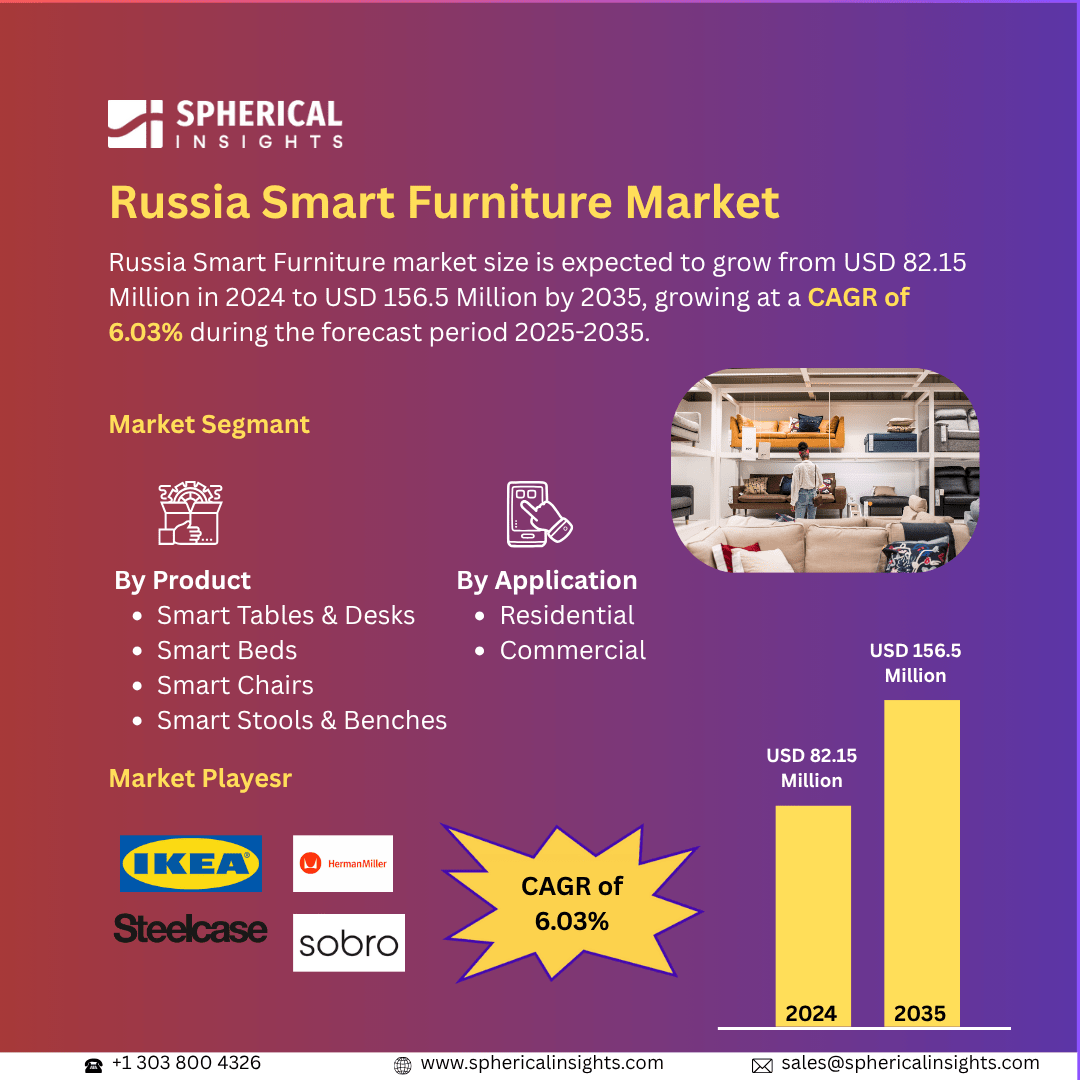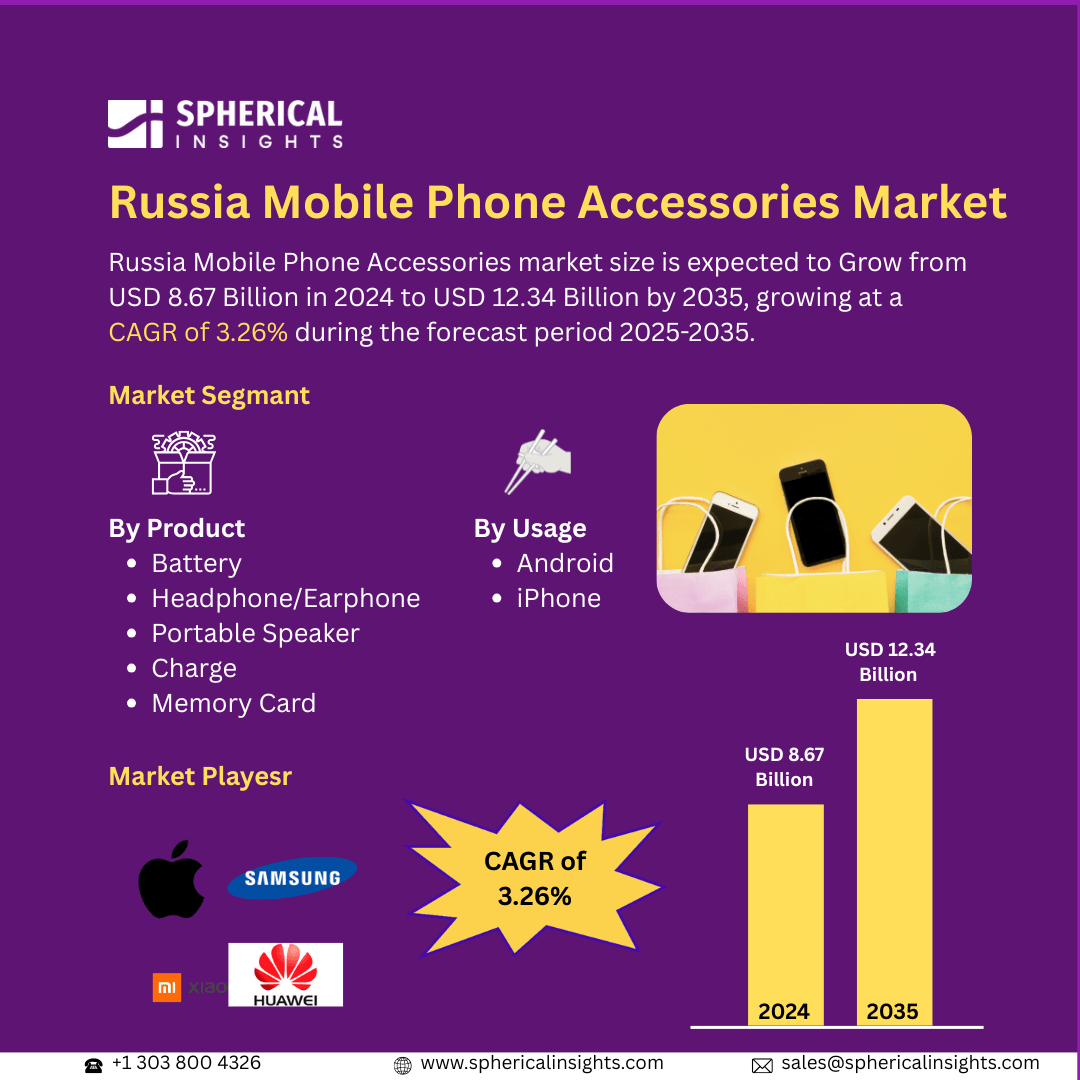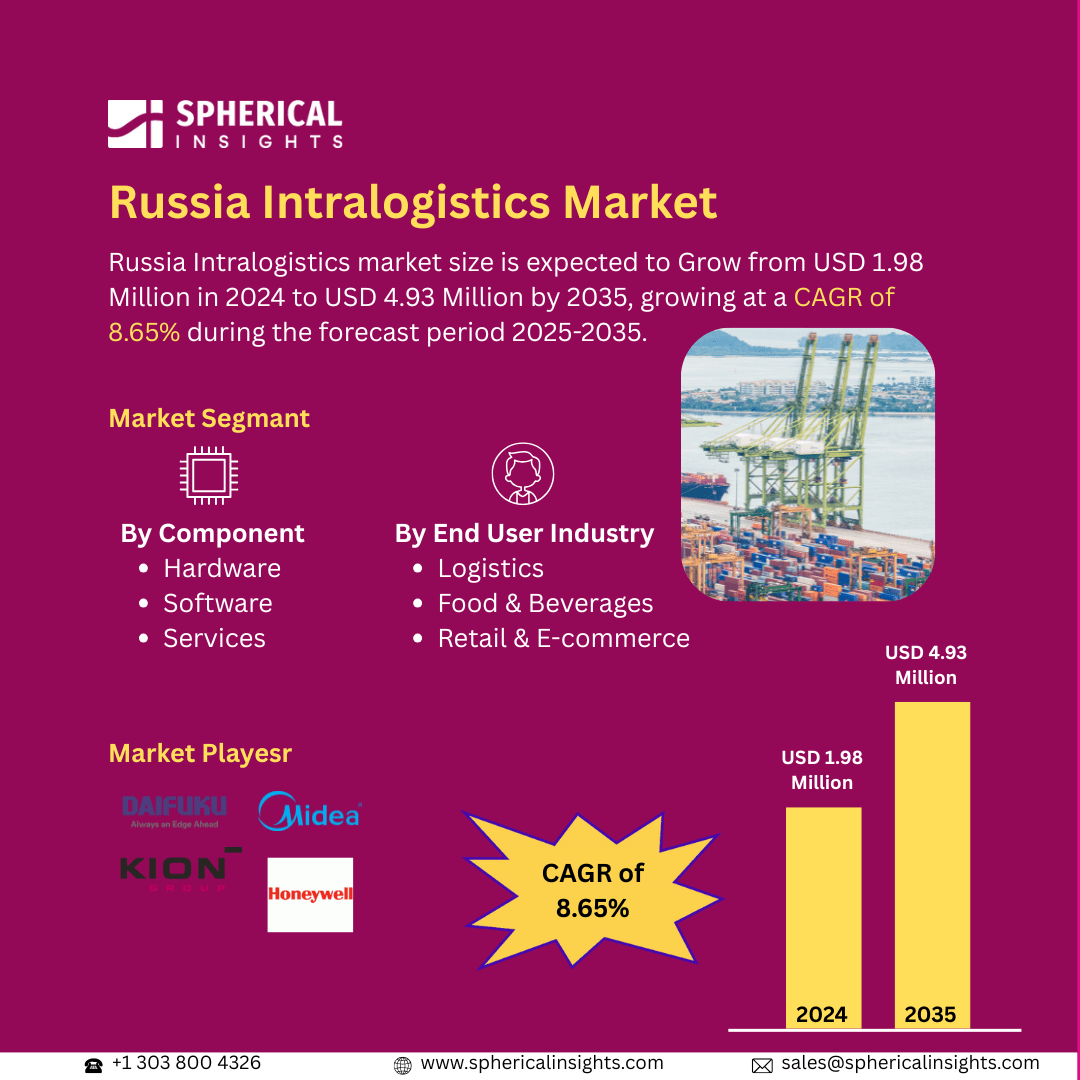Global Chemical Pigment Dispersion Market Size To Exceed USD 52.08 Billion by 2033
According to a research report published by Spherical Insights & Consulting, The Global Chemical Pigment Dispersion Market Size is Expected to Grow from USD 38.30 Billion in 2023 to USD 52.08 Billion by 2033, at a CAGR of 3.12% during the forecast period 2023-2033.
Browse 210 market data Tables and 45 Figures spread through 190 Pages and in-depth TOC on the Global Chemical Pigment Dispersion Market Size, Share, and COVID-19 Impact Analysis, By Product Type (Organic Hues, Inorganic Colors, and Special Effect Color), By Application (Inks, Plastics, Textiles, and Building Materials), and By Region (North America, Europe, Asia-Pacific, Latin America, Middle East, and Africa), Analysis and Forecast 2023 – 2033.
The chemical pigment dispersion market refers to the global industry focused on the production, formulation, and application of pigment dispersions and finely distributed pigments in a liquid or resin medium used to impart color to various materials. These dispersions are essential in industries such as paints and coatings, plastics, textiles, inks, and cosmetics, ensuring uniform color, stability, and enhanced performance of end products. The market is influenced by factors like demand for vibrant and durable colors, environmental regulations, and advancements in dispersion technology. Furthermore, the global chemical pigment dispersion market is driven by growing demand from the paints and coatings, plastics, and textiles industries. Rising construction and automotive activities fuel the consumption of high-performance pigments. Technological advancements in dispersion processes and eco-friendly formulations also support market growth. Additionally, increasing demand for vibrant, durable colors in consumer goods and packaging boosts the need for quality dispersions. However, the global chemical pigment dispersion market faces restraints such as fluctuating raw material prices, stringent environmental regulations, and rising health concerns regarding synthetic pigments, which can limit market expansion and profitability.
The organic color segment accounted for the largest share in 2023 and is anticipated to grow at a significant CAGR during the forecast period.
On the basis of the product type, the global chemical pigment dispersion market is divided into organic hues, inorganic colors, and special effect color. Among these, the organic color segment accounted for the largest share in 2023 and is anticipated to grow at a significant CAGR during the forecast period. The segmental growth is attributed to rising consumer preference for eco-friendly, non-toxic, and sustainable products across industries like packaging, textiles, and cosmetics. Increasing regulatory pressure against harmful chemicals and growing demand for natural alternatives further drive adoption, supporting the segment's continued growth at a significant CAGR during the forecast period.
The textiles segment accounted for the largest share in 2023 and is anticipated to grow at a remarkable CAGR during the forecast period.
On the basis of the application, the global chemical pigment dispersion market is divided into inks, plastics, textiles, and building materials. Among these, the textiles segment accounted for the largest share in 2023 and is anticipated to grow at a remarkable CAGR during the forecast period. The segmental growth is attributed to high demand for vibrant, durable, and diverse color applications in fashion and home furnishings. Rising consumer trends, fast fashion, and technological advancements in dyeing processes continue to drive growth, positioning the segment for a remarkable CAGR during the forecast period.
North America is projected to hold the largest share of the global chemical pigment dispersion market over the forecast period.
North America is projected to hold the largest share of the global chemical pigment dispersion market over the forecast period. The regional growth is attributed to its strong presence in automotive, textiles, and packaging industries. Advanced manufacturing technologies, high demand for sustainable pigments, and strict environmental regulations further support market growth, ensuring continued regional dominance throughout the forecast period.
Asia Pacific is expected to grow at the fastest CAGR growth of the global chemical pigment dispersion market during the forecast period. The regional growth is attributed to rapid industrialization, urbanization, and rising demand from key sectors like textiles, automotive, and packaging. Increasing consumer preference for vibrant and sustainable products, along with supportive government policies and expanding manufacturing capabilities, further fuel market growth across the region during the forecast period.
Company Profiling
Major vendors in the global chemical pigment dispersion market are AArbor Colorants Corporation, American Elements, Aralon Color GmbH, BASF SE, Clariant Ltd., Decorative Color & Chemical, Inc., Ferro Corporation, Flint Group, Heubach GmbH, Kama Pigments, Organic Dyes and Pigments, Reitech Corporation, and others.
Key Target Audience
- Market Players
- Investors
- End-users
- Government Authorities
- Consulting and Research Firm
- Venture capitalists
- Value-Added Resellers (VARs)
Market Segment
This study forecasts revenue at global, regional, and country levels from 2023 to 2033. Spherical Insights has segmented the global chemical pigment dispersion market based on the below-mentioned segments:
Global Chemical Pigment Dispersion Market, By Color
- Organic Hues
- Inorganic Colors
- Special Effect Color
Global Chemical Pigment Dispersion Market, By Application
- Inks
- Plastics
- Textiles
- Building Materials
Global Chemical Pigment Dispersion Market, By Regional
- North America
- Europe
- Germany
- UK
- France
- Italy
- Spain
- Russia
- Rest of Europe
- Asia Pacific
- China
- Japan
- India
- South Korea
- Australia
- Rest of Asia Pacific
- South America
- Brazil
- Argentina
- Rest of South America
- Middle East & Africa
- UAE
- Saudi Arabia
- Qatar
- South Africa
- Rest of the Middle East & Africa



